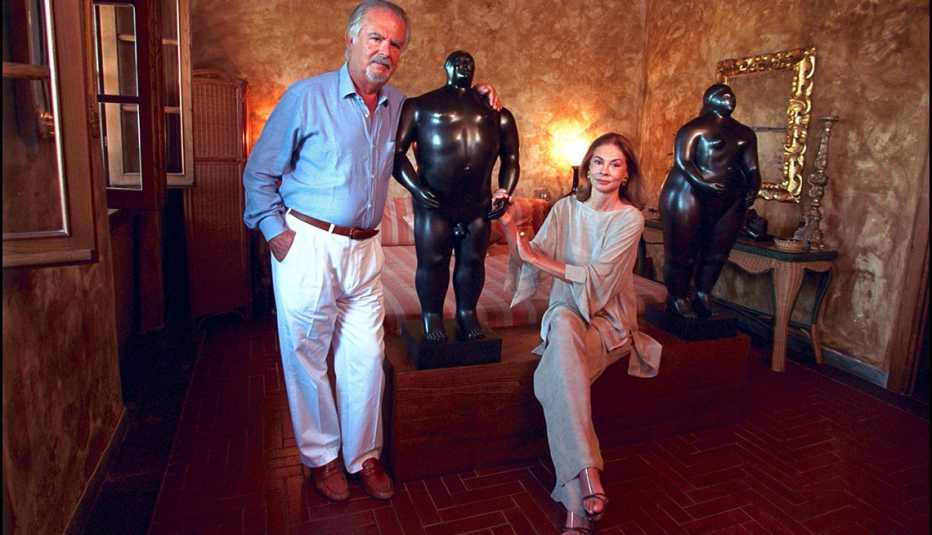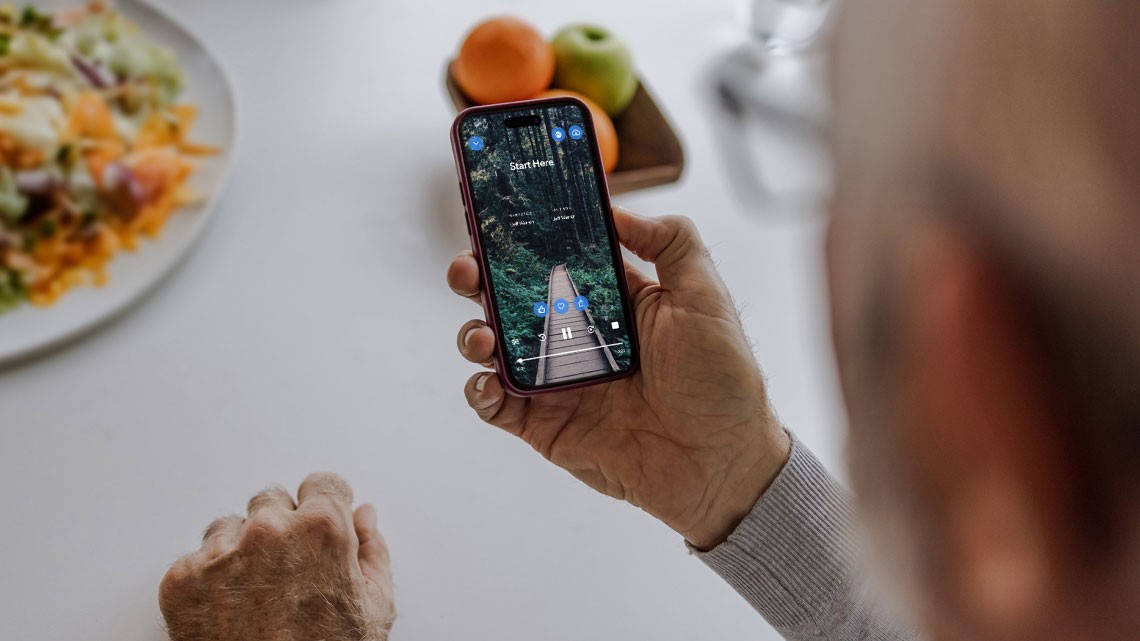Staying Fit


Fernando Botero, the extraordinary Colombian painter and sculptor who revolutionized modern art with his signature style, died Sept. 15 in Monte Carlo of complications from pneumonia.
Botero’s hometown of Medellín has declared seven days of mourning for his death.


AARP Membership— $12 for your first year when you sign up for Automatic Renewal
Get instant access to members-only products and hundreds of discounts, a free second membership, and a subscription to AARP the Magazine.
A creator of the style known throughout the world as “Boterismo,” the artist was self-taught and developed his own aesthetics by exalting the volume of the people he represented in his paintings and sculptures. He was one of the few modern-day Latin artists whose style was immediately identified by a mass audience.


Botero was born on April 19, 1932, in Medellín, the son of a seamstress and a traveling salesman who died when Botero was just 4 years old. As a teenager, Botero was inspired by his older brother and began producing watercolor paintings, which he sold at a store that also sold tickets for bullfights.
His interest in painting continued through his schooling, and in August 1951, Botero took advantage of the sale of some paintings to move to the coastal town of Tolú, on the Atlantic, with the idea of becoming a sort of Latin American Gaugin. It was in Tolú that the young painter came across a disturbing scene on the shore: a policeman with the conservative government transporting a liberal prisoner, bound to a stick by his hands and feet, as if he were a tiger. The terrifying experience inspired the painting “Frente al mar (By the Sea), “ which won a $7,000 prize, a veritable fortune at the time. He was only 20 years old.
Botero used the prize money to settle in Madrid, where he became disillusioned with the work of modern-day artists, and began to obsessively study the works of older masters like Goya and Velázquez. One night, while wandering the streets of Madrid, he came across a book displayed in the window of a bookstore, a volume on the Italian Renaissance. The book was opened, showcasing a reproduction of Solomon's Encounter with the Queen of Sheba, the fresco that Piero della Francesca painted in the 15th century.
“It was the most extraordinary thing I had seen in my life,” he recalled during an interview for the 2018 documentary Botero. “I was just mesmerized by that painting. I realized then that the painting was much more than I had imagined. A lot more complex, a lot more important, a lot more everything.”
The next day, Botero returned to the bookstore and bought the book. In September 1953, he traveled on a Vespa to Florence, accompanied by his friend Ricardo Iragorri. He stayed for two years in Italy, where he took classes, studied the great masters, and improved his technique. He lived in a small apartment so cold that he was forced to sleep with a coat and gloves.
But the experience helped him crystallize his very personal style.
“It was the first time I found a real zest for life,” Botero said in the documentary. “I was so happy I didn’t want to do anything but paint.”




































































More From AARP
Remembering 'Margaritaville' Singer Jimmy Buffett
His tales of fun in the sun made him a billionaire
For the Band’s Robbie Robertson, Life Really Was a Carnival
Guitarist and songwriter influenced generations of musicians
Pain and Loss Shaped Sinéad O’Connor’s Life — and Music
The late ‘Nothing Compares 2 U’ artist was vocal about mental health challenges